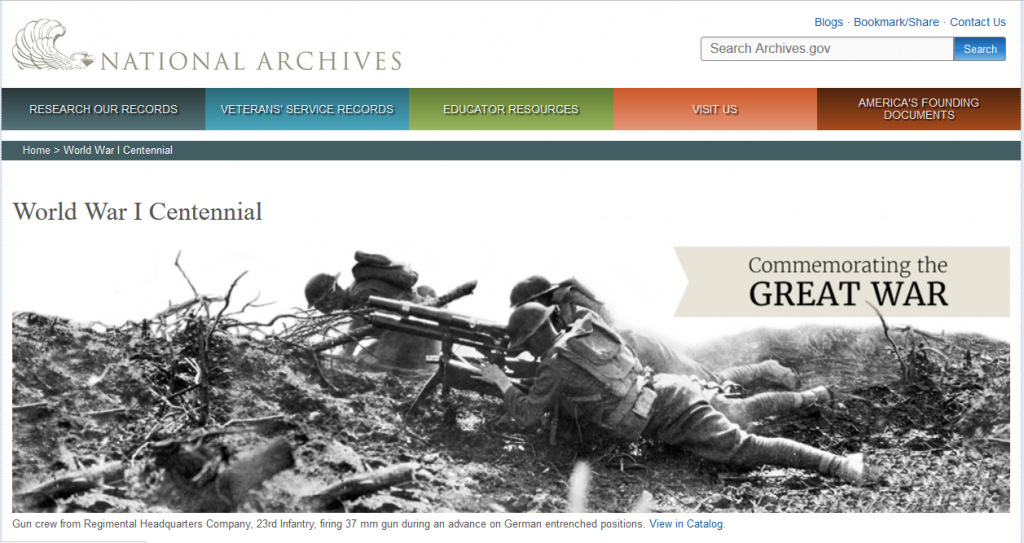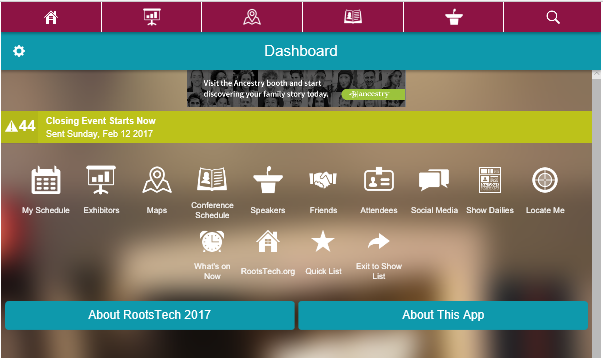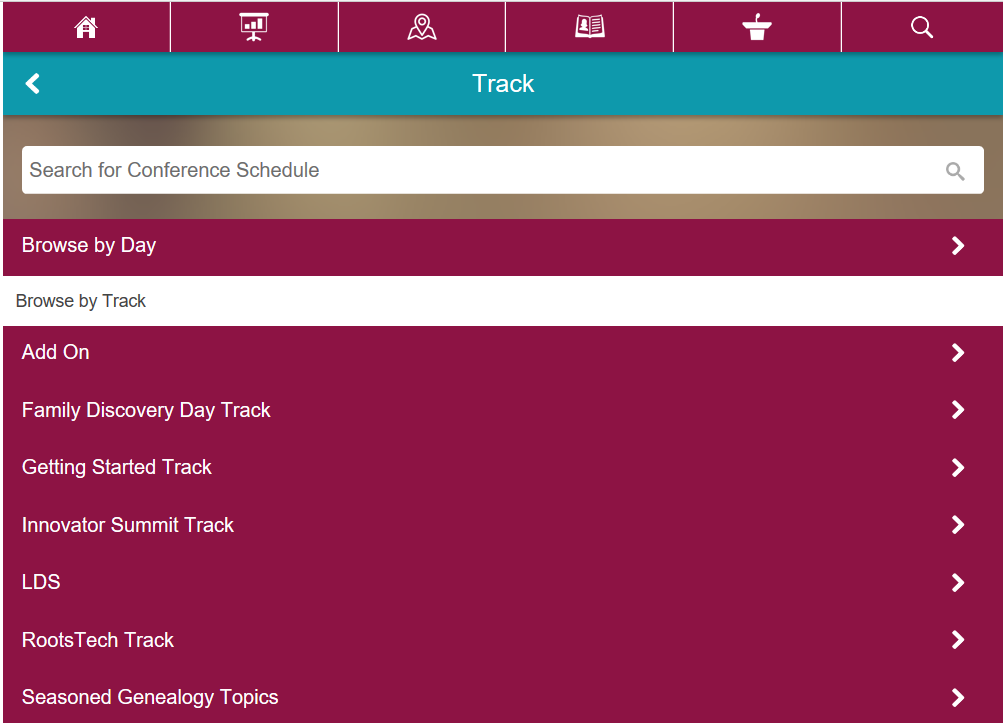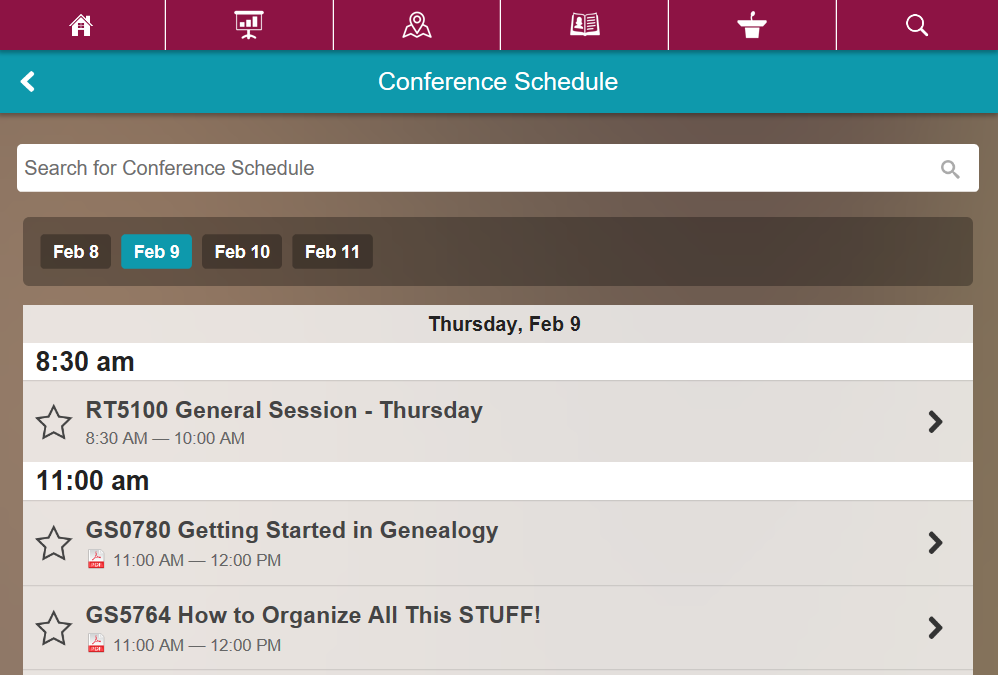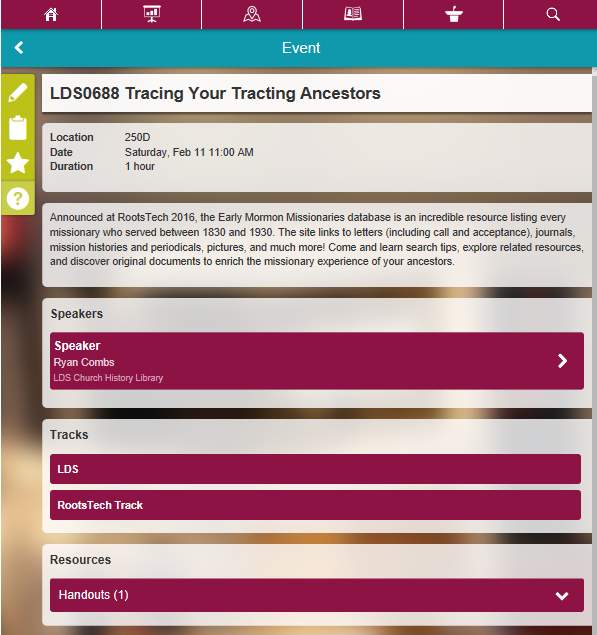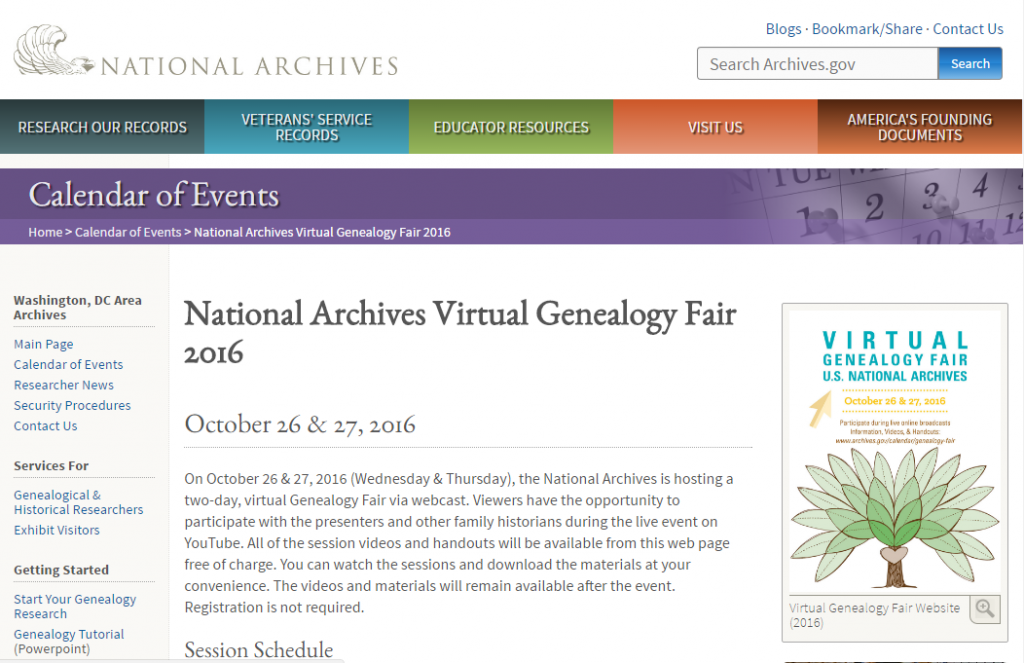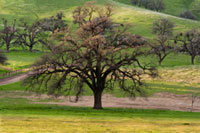Have you been watching the recordings of the NARA Virtual Conferences on YouTube?
The Best National Archives Records Genealogists Aren’t Using presentation discussed Record Group (RG) 15, which is the records of the U.S. National Homes for Disabled Soldiers.
From the presentation, I learned that the files for the permanent residents have been retained, and are available from one specific branch of NARA. Some sample folders for temporary residents had also been retained.
Albert H. Tingue had been a temporary resident at the U.S. National Homes for Disabled Soldiers Home in Bath, NY, but he was not a permanent resident. I decided to contact NARA and check what records about him might be available in RG 15.
Here is the timeline of the request and the interactions for those considering contacting NARA about these records.
Preliminary
The first step was to go to the webpage for the Conference Session Schedule with Videos and Handouts.
Veterans Home Case Files were discussed on Day 1 in Session 2. The contact information for the NARA branch that holds the case files for your ancestor’s Veterans Home can be found in Handout 3 of 3.

From the handout, I learned that the National Archives at New York City holds the records for the Bath Home.
2/11/2017
I sent the first message with my request.
Dear Archivist,
The 2016 Virtual Genealogy Fair had a presentation about the records in RG 15 for the U.S. National Homes for Disabled Soldiers.
Do you have a case file from the Bath branch of the U.S.National Homes for Disabled Volunteer Soldiers for:
Albert H Tingue
Please see the attached for his Bath registry entry from Ancestry.com.
Is there an online finding aid with an index for these files? I looked for access to a searchable index, but did not find one at:
Sample Case Files of Members, 1878–1933
Veterans Administration. National Homes Service. Bath Branch (Bath,New York). https://catalog.archives.gov/id/5821998
Sample Case Files of Veterans Temporarily at the Branch,1880–1912
Veterans Administration. National Homes Service. Bath Branch (Bath,New York). https://catalog.archives.gov/id/5822001
Thank you,
M. M. McMahon
The Bath registry entry from Ancestry.com was attached to the e-mail request.
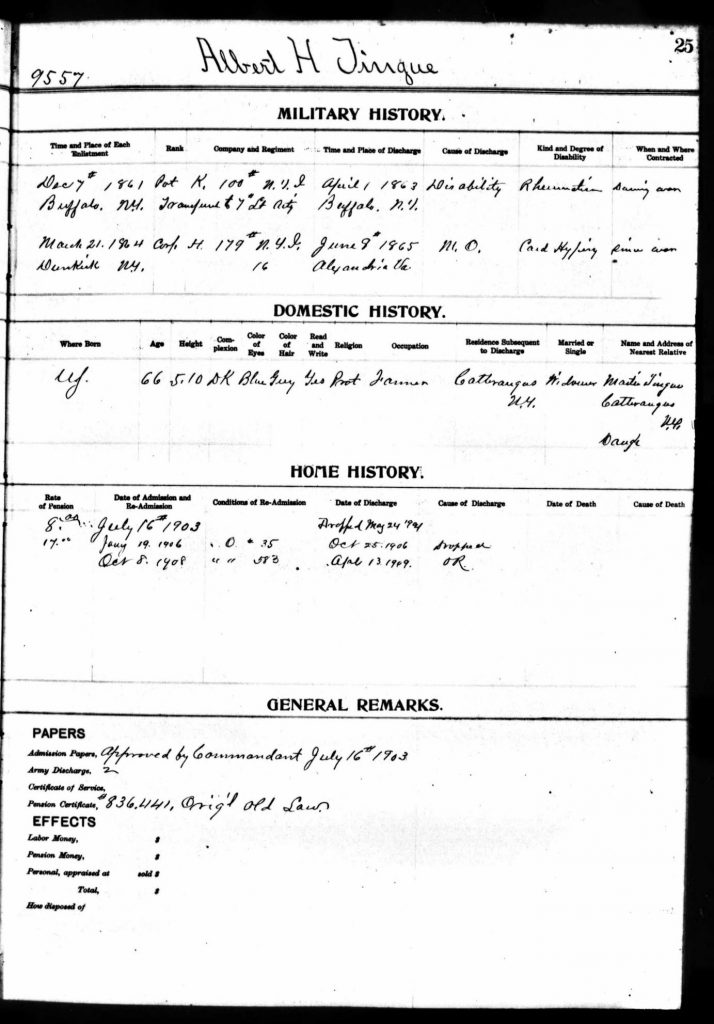
2/11/2017
I received an automated response from the National Archives in New York City acknowledging my request.
2/17/2017
The Archivist sent an e-mail acknowledging my request.
NARA does have an index for the Sample Case Files of Members, but there was no entry for Tingue.
They do not have an index for the Sample Case Files of Veterans Temporarily at the Branch. The files are a single box, stored offsite, so the Archivist requested that the box be delivered to the New York office. She informed me that when the box arrived, she would search it for a file about Albert Tingue.
2/17/2017
I sent the Archivist an e-mail thanking her.
3 / 8 / 2017
The Archivist sent an e-mail with the results of her search of the box of Sample Case Files of Veterans Temporarily at the Branch. Unfortunately, it is a very small sample that contains a few files with names beginning with “A” or “B”. There was no file for Albert Tingue.
3 / 8 / 2017
I sent an e-mail thanking The Archivist for her efforts.
Less than a month after my initial request, an Archivist had searched an index for this ancestor, then had ordered and examined a box held offsite. If she had located a file, she would have informed me of the copying fees. Although NARA did not have retain any records for Albert H. Tingue in RG 15, it proved an interesting effort to learn more about this Record Group.
You can read more about the homes in the NARA Prolog article “Genealogy Notes: The National Home for Disabled Volunteer Soldiers.”
Save
Save
Save
Save
Save
Save
Save
Save
Save
Save
Save
